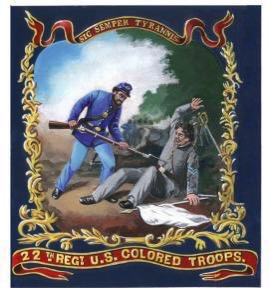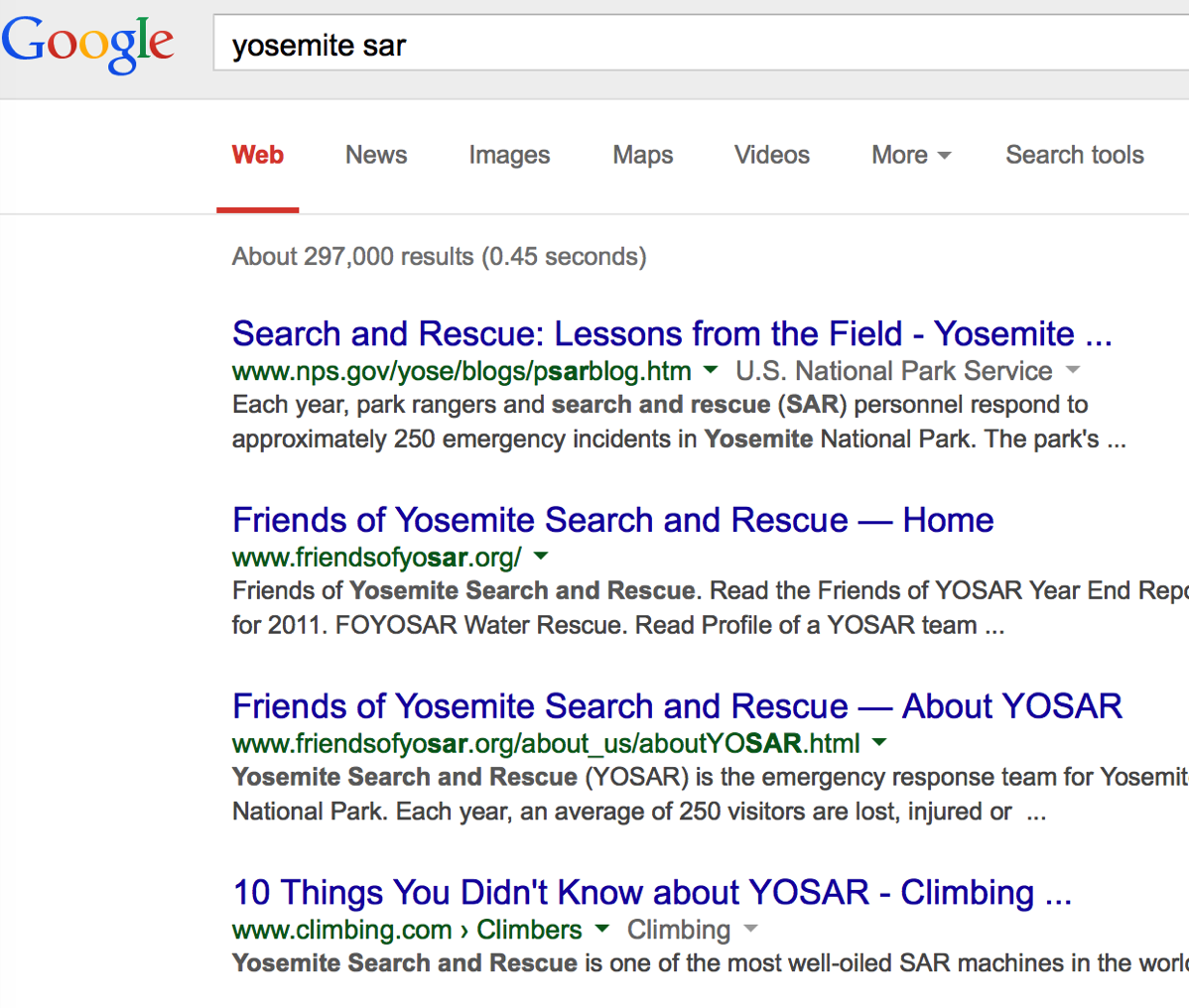Turns out, the FBI has a secret air force they use to fly around and monitor cell phones.
Without warrants.
Scores of low-flying planes circling American cities are part of a civilian air force operated by the FBI and obscured behind fictitious companies, The Associated Press has learned.
The AP traced at least 50 aircraft back to the FBI, and identified more than 100 flights in 11 states over a 30-day period since late April, orbiting both major cities and rural areas. At least 115 planes, including 90 Cessna aircraft, were mentioned in a federal budget document from 2009.
For decades, the planes have provided support to FBI surveillance operations on the ground. But now the aircraft are equipped with high-tech cameras, and in rare circumstances, technology capable of tracking thousands of cellphones, raising questions about how these surveillance flights affect Americans’ privacy.
It gets worse:
Basic aspects of the FBI’s program are withheld from the public in censored versions of official reports from the Justice Department’s inspector general, and the FBI also has been careful not to reveal its surveillance flights in court documents. The agency will not say how many planes are currently in its fleet.
The planes are equipped with technology that can capture video of unrelated criminal activity on the ground that could be handed over to prosecutions. One of the planes, photographed in flight last week by the AP in northern Virginia, bristled with unusual antennas under its fuselage and a camera on its left side.
Some of the aircraft can also be equipped with technology that can identify thousands of people below through the cellphones they carry, even if they’re not making a call or in public. Officials said that practice, which mimics cell towers and gets phones to reveal basic subscriber information, is used in only limited situations.
“These are not your grandparents’ surveillance aircraft,” said Jay Stanley, a senior policy analyst with the American Civil Liberties Union. Stanley said the flights are significant “if the federal government is maintaining a fleet of aircraft whose purpose is to circle over American cities, especially with the technology we know can be attached to those aircraft.”




